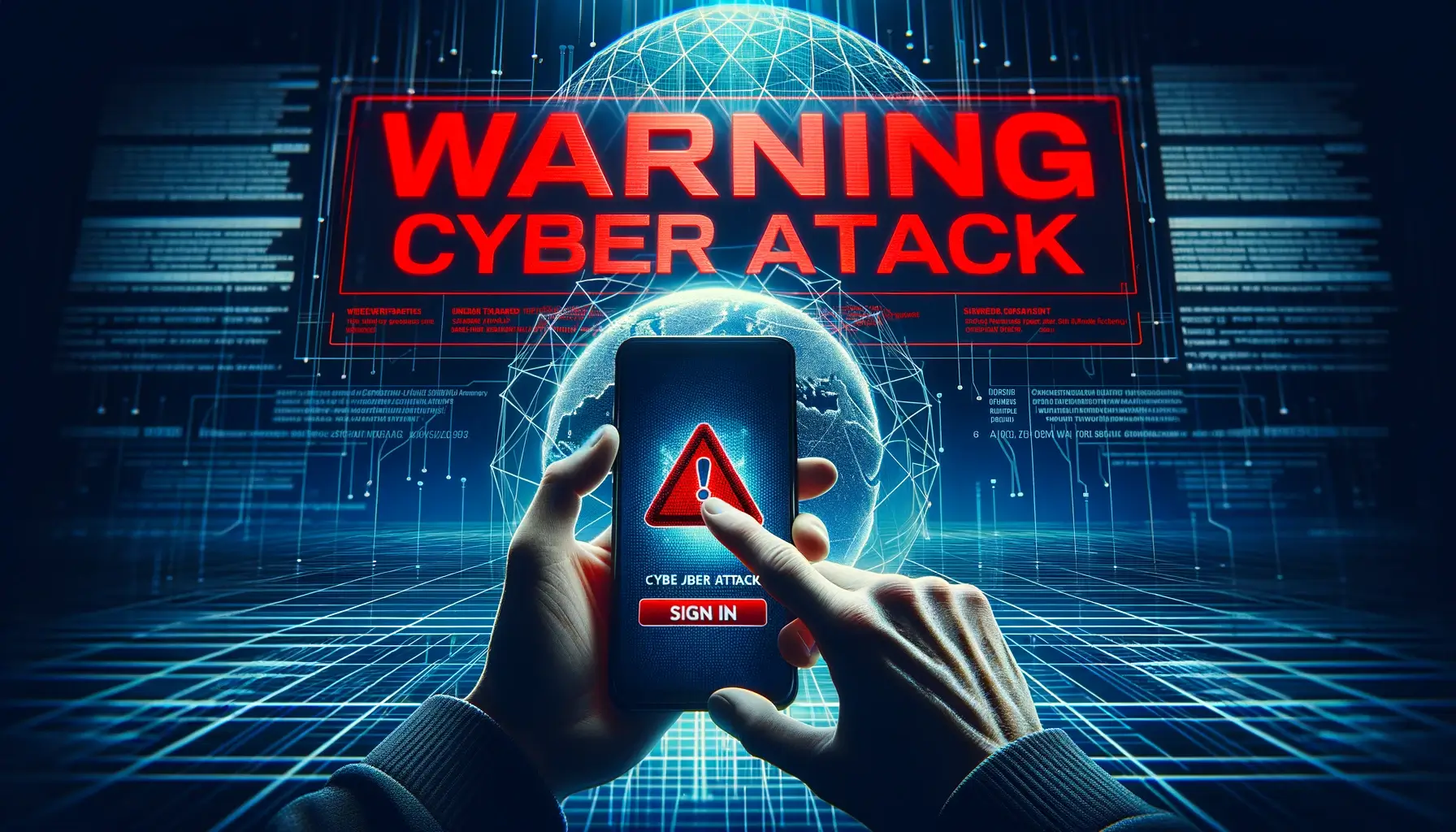Today, technology is the backbone of enterprises, streamlining operations and connecting global markets with unmatched efficiency. However, this integration brings with it a shadow of vulnerability—cyber attacks.
These malicious intrusions or attempts to disrupt, disable, or illegally access computing resources and networks are a growing threat. Knowing how to respond effectively to such incidents is essential for protecting organizational integrity and maintaining trust.
In this guide, we’ll explore the dos and don’ts of responding to a cyberattack.
The Dos

1. Have a Response Plan in Place
When a cyber attack happens, it’s essential to act swiftly. One of the best ways to coordinate your efforts is to seek incident response services from experienced professionals. However, having a response plan ready in advance makes the process much smoother, saving you time and resources. This plan should include:
- Designated roles
- Communication protocols
- Backup and recovery strategies
- A step-by-step guide for responding to different types of attacks
2. Act Quickly
In today’s world, information spreads rapidly, and a cyber attack can damage your reputation in minutes. Immediate action is needed to mitigate the impact. Once an attack is detected, isolate the affected systems and gather as much information as possible to understand the extent of the intrusion.
3. Preserve Evidence
Clear and factual information is essential for identifying the source, motive, and extent of damage. It’s not just about identifying the hackers but also understanding their methods to prevent future attacks.
Preserve all relevant data and evidence to assist in forensic analysis and potential legal action. This includes server logs, network traffic records, screenshots, emails, and any other documentation related to the attack. Follow proper handling procedures to avoid tampering with or compromising the evidence.
4. Avoid Analysis Paralysis
When faced with a cyber attack, it’s easy to get overwhelmed and fall into the trap of over-analyzing every detail. While understanding the root cause is important for preventing future attacks, too much analysis can slow down your response time and allow the attackers to continue their intrusion.
Focus on gathering enough information to contain and mitigate the attack first before conducting a thorough analysis. An experienced incident response team can help manage the situation efficiently.
5. Communicate Effectively
A cyber attack can cause chaos and panic within an organization, especially if information is not communicated effectively. It’s important to have a designated spokesperson to handle all external communication and provide updates to internal stakeholders.
This ensures consistency and prevents misinformation. Communication with law enforcement or regulatory bodies may also be necessary, so having a plan for such situations is important.
6. Focus on Data, Not Systems
In the wake of a cyber attack, the instinct might be to shut down all systems and disconnect from the network. However, this can hinder investigations and limit your ability to recover any compromised data.
Instead, focus on securing and protecting critical data first before addressing system security. Rebuilding operating systems from scratch and reinstalling applications can guarantee a clean slate for recovery efforts. Having backups and disaster recovery plans in place minimizes downtime.
The Don’ts

1. Panic or Ignore the Situation
Panicking or ignoring a cyber attack can lead to serious consequences for any organization. Panicking may cloud judgment and result in hasty decisions that worsen the situation, while ignoring the incident or underestimating its severity can allow the attack to spread, increasing the damage and cost of recovery.
It’s important to stay calm, quickly mobilize your incident response plan, and address the situation directly to reduce risks and limit the impact on your operations and reputation.
2. Attempt to Handle It Alone
Cybersecurity incidents are complex and often require specialized knowledge and skills to assess, contain, and mitigate effectively. Without access to expert insights and the right tools, an organization might make decisions that could prolong the breach’s duration and severity.
A single entity may not fully understand the attack’s scope, including identifying all entry points, affected systems, and data.
Collaborating with cybersecurity experts ensures a more accurate assessment and strategic response, leveraging collective experience and resources. Seeking external assistance or engaging with a dedicated incident response team is essential for efficiently managing the aftermath of a cyber attack.
3. Retaliate Against the Attacker
The natural reaction to a cyber attack might be to retaliate against the attacker. However, revenge tactics can escalate the situation and lead to legal consequences for your organization. Instead, focus on containing and mitigating the attack’s impact while working with law enforcement or experienced incident response professionals to identify and bring perpetrators to justice.
4. Neglect Post-Incident Actions
After containing and mitigating the immediate threat, it’s important to take corrective actions to prevent future incidents. This includes identifying and addressing system vulnerabilities, updating security policies and procedures, conducting employee training, and implementing regular security assessments.
A thorough post-incident analysis can provide valuable insights into strengthening your cybersecurity measures and preparedness for future attacks.
5. Underestimate the Importance of Preparedness
The best way to respond to a cyber attack is to be prepared before it happens. Regularly conducting risk assessments, updating security measures, and practicing incident response simulations can help you identify vulnerabilities and improve your ability to handle an attack efficiently.
Proactive cybersecurity measures not only minimize the impact of potential attacks but also show stakeholders and customers that you prioritize their data security.
Being prepared and having a clear response plan is key to reducing the risks and damage of a cyber attack. Remember, a cyber attack affects not just your technology but also your reputation and customer trust. By following these dos and don’ts, organizations can effectively manage an incident, minimize damage, and maintain their integrity and credibility.
Conclusion
In conclusion, the integration of technology into business operations has revolutionized efficiency and connectivity but has also increased vulnerability to cyber attacks. An effective response to such incidents is crucial for maintaining organizational integrity and trust.
The key strategies include having a pre-established response plan, acting swiftly, preserving evidence, avoiding over-analysis, communicating effectively, and prioritizing data security.
Organizations should avoid panic, handling incidents alone, retaliating, neglecting post-incident actions, and underestimating preparedness. By adhering to these dos and don’ts, businesses can manage cyber attacks more effectively, minimize damage, and uphold their reputation and customer trust.
Related Articles:
- How To Build A Strong Cybersecurity Incident Plan For Your Firm
- The Cost of Cyberattacks: Financial Loss and Reputational Damage
- Keep Your Business Safe From Cyberattacks
- A Path to Security Compliance within 72 Hours through Autonomous Patching
- Essential Endpoint Security Strategies for Modern Businesses
- How Micro-segmentation Protects Enterprises from Cyberattacks
- Why Information Security Training is the Foundation of Cyber Defense
